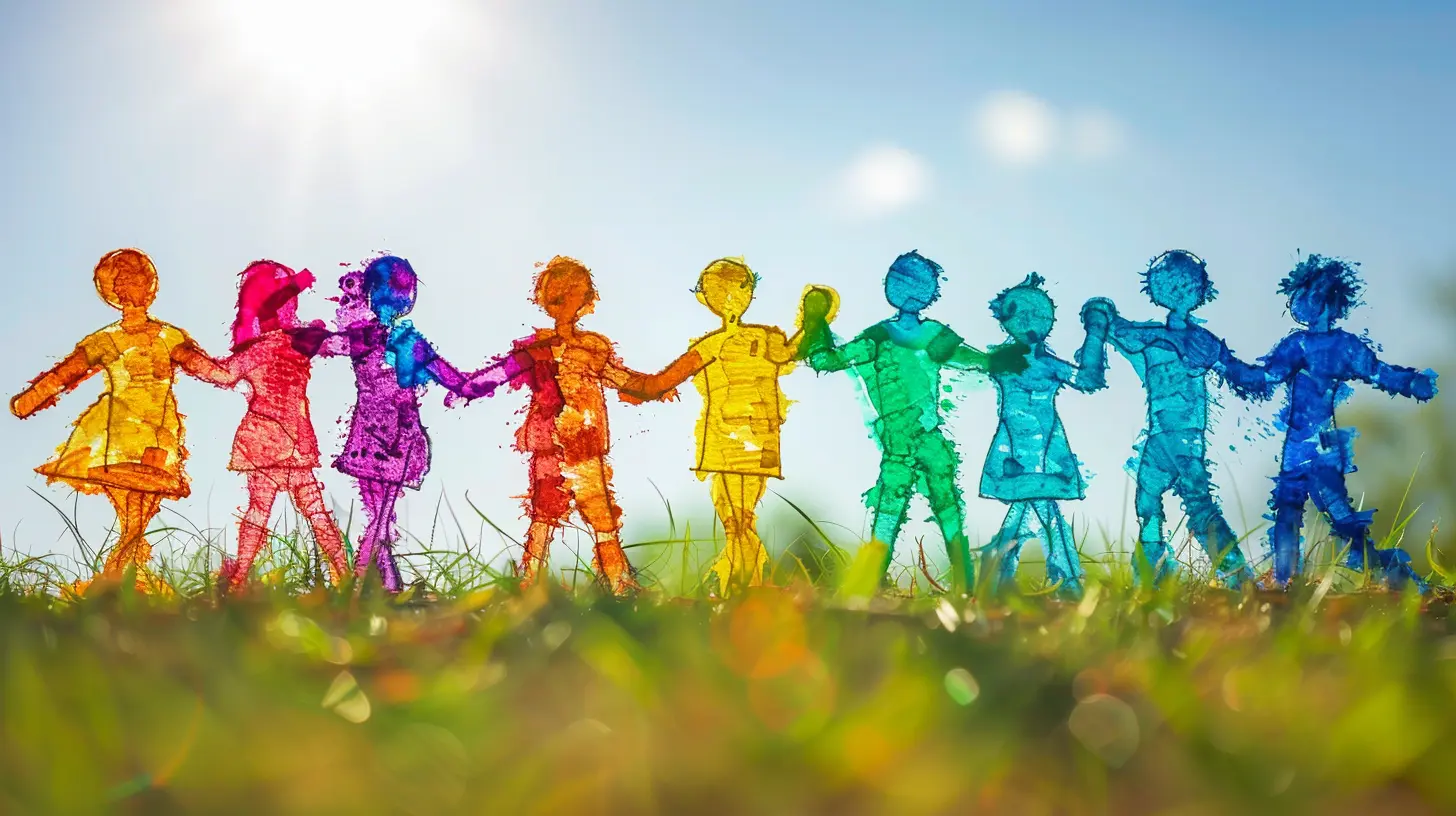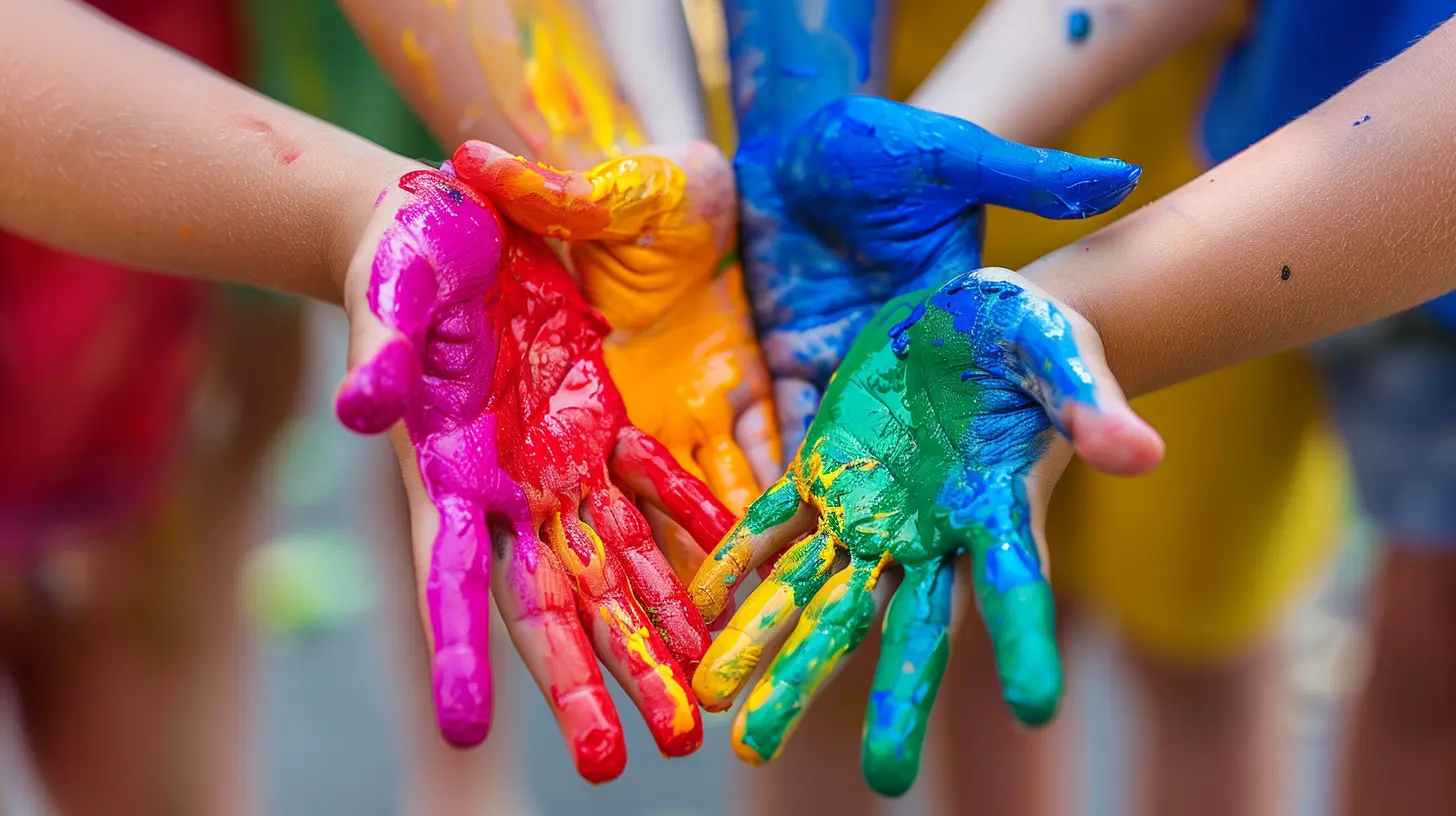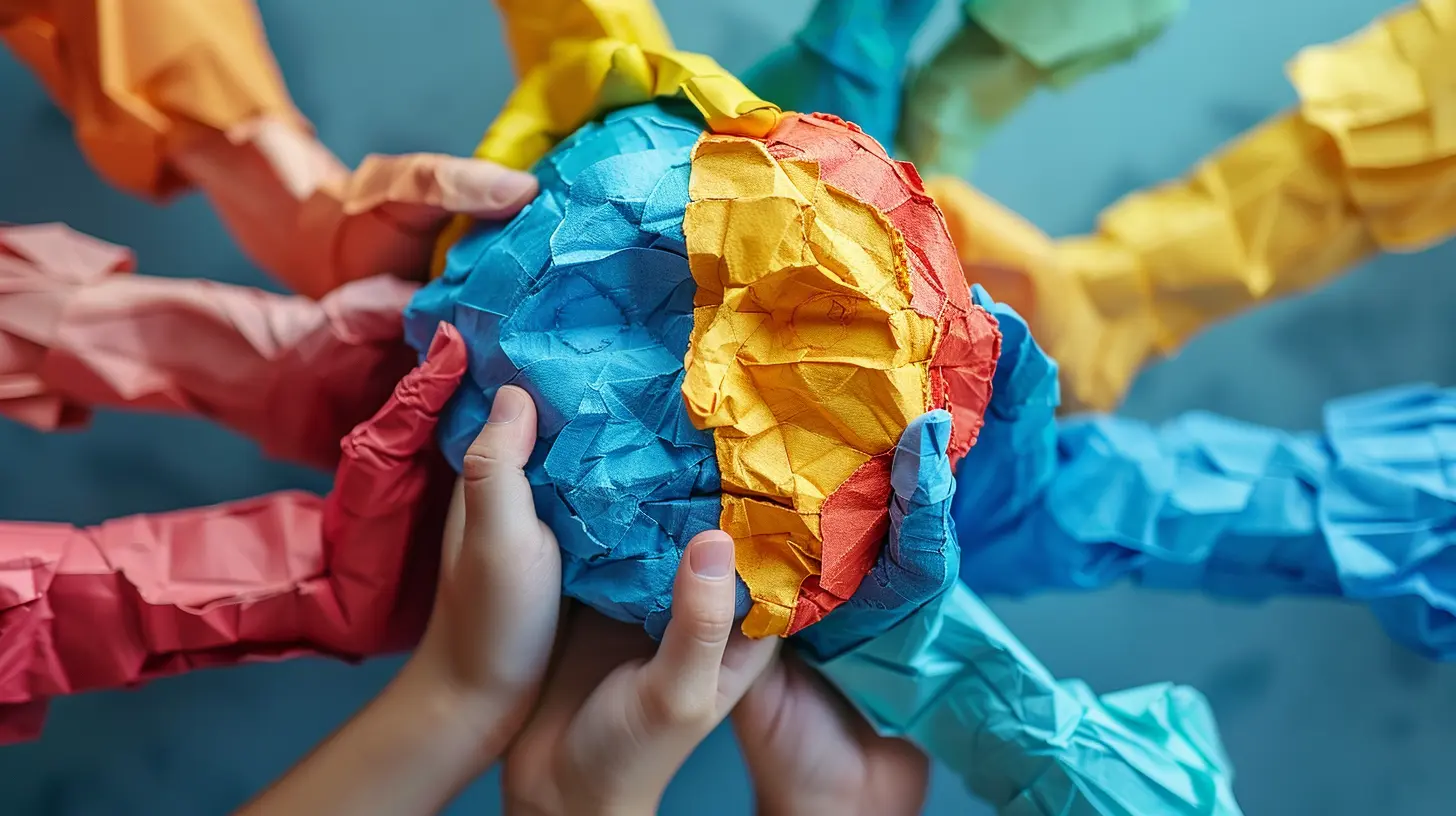Teaching Social-Emotional Skills to Special Education Students
30 August 2025
Ever tried to juggle flaming torches while balancing on a tightrope? No? Well, teaching social-emotional skills to special education students might feel a little like that sometimes! But here's the good news—it's totally possible, and the rewards are beyond worth it.
Social-emotional skills are the foundation for building strong relationships, managing emotions, and navigating the ups and downs of life. For special education students, these skills help foster independence, boost confidence, and improve overall well-being.
So, how do we break down something as complex as emotional intelligence into digestible, engaging lessons for our students? Let’s dive in!

Why Social-Emotional Learning (SEL) Matters in Special Education
Before we get into the "how," let’s talk about the "why." Social-emotional learning (SEL) is just as important as reading, math, or science—if not more!Many special education students struggle with social cues, emotional regulation, and communication. Teaching them SEL skills can:
- Improve their ability to express feelings in a healthy way.
- Strengthen relationships with peers and educators.
- Foster self-awareness and self-control.
- Reduce behavioral challenges.
- Boost their confidence in social situations.
Think of SEL as the "secret sauce" that helps students become not just academically successful, but also happy, well-adjusted individuals.

Strategies for Teaching Social-Emotional Skills
Alright, now for the fun part—how do we actually teach these crucial skills? Let’s break it down into some actionable strategies.1. Use Role-Playing to Teach Social Situations
Children with special needs often struggle with social interactions because they can't always "read between the lines." Role-playing is a fantastic way to help them practice real-world scenarios in a safe and supportive environment.How to Do It:
- Act out common social situations, like introducing yourself, sharing, or asking for help.- Use puppets or dolls for younger students to make it more engaging.
- Encourage students to switch roles so they can see situations from different perspectives.
Think of this like rehearsing for a play—when students get enough practice, they’ll feel more prepared to act appropriately in real-life situations!
2. Teach Emotional Recognition with Visual Aids
Some kids, especially those with autism, have difficulty identifying emotions in themselves and others. Visual aids can be a game-changer!How to Do It:
- Use emotion charts with different facial expressions.- Show students pictures of people displaying various emotions and discuss what might be making them feel that way.
- Use mirrors so students can practice making different expressions themselves.
This helps students associate physical expressions with feelings, making emotions less of a mystery.
3. Implement Social Stories
Social stories are short, simple narratives that describe specific situations and appropriate responses. They help students understand social norms in a structured way.How to Do It:
- Write a short story about a specific challenge, like waiting in line or dealing with frustration.- Include clear illustrations or simple sentences, depending on your students’ needs.
- Read the story regularly and discuss it with students.
It’s like giving them a "cheat sheet" for social interactions!
4. Use Games to Build Social Skills
Games are a great way to teach skills without students even realizing they're learning. Plus, fun is always a good motivator!Game Ideas:
- Emotion Charades – Have students pick a card with an emotion and act it out while others guess.- Board Games – Classic games like "Snakes and Ladders" help teach patience, turn-taking, and dealing with frustration.
- Guess the Feeling – Show students different facial expressions and have them guess the emotion.
Play is nature's way of making learning enjoyable—so why not use it to teach SEL?
5. Model Appropriate Behaviors
Kids learn by watching the adults around them. That means if we want them to be kind, patient, and emotionally aware, we have to model those behaviors ourselves.Ways to Model:
- Verbalize your thought process when managing emotions (e.g., "I'm feeling frustrated, so I'm going to take a deep breath").- Show empathy when students struggle.
- Demonstrate turn-taking, active listening, and respectful communication.
When kids see these behaviors in action, they're more likely to pick them up naturally.
6. Teach Self-Regulation Techniques
Self-regulation is a superpower—one that takes practice to develop. Teaching special education students how to manage their emotions can greatly improve their behavior and confidence.How to Do It:
- Teach deep breathing exercises – "Smell the flower, blow out the candle" is a simple trick for young students.- Use sensory tools – Fidget toys, weighted blankets, or stress balls can help students calm down.
- Create a "calm corner" – A safe space where students can go when they feel overwhelmed.
By giving students these tools, you empower them to manage their own emotions instead of being controlled by them.

Encouraging Social-Emotional Growth at Home
Social-emotional learning shouldn’t stop in the classroom! Parents and caregivers play a massive role in reinforcing these skills at home.Tips for Parents:
- Talk about feelings – Ask kids how their day went and how certain situations made them feel.- Read books about emotions – Stories can provide great learning moments for kids.
- Encourage social interactions – Playdates or structured social activities can improve communication skills.
- Praise effort, not just results – Celebrate small steps, like trying to share or using kind words, even if it's not perfect.
When school and home work together, kids get double the practice—and double the benefits!

Final Thoughts
Teaching social-emotional skills to special education students isn’t a one-size-fits-all process. It takes creativity, patience, and a sense of humor (because, let’s be honest, kids will keep you on your toes!).By using role-playing, visuals, social stories, games, and modeling, we can equip our students with the tools they need to navigate the world with confidence and empathy. And when we see them making connections, handling emotions better, and forming friendships, we know it’s all worth it.
So, let’s keep doing the important work—one smile, deep breath, and high-five at a time!
all images in this post were generated using AI tools
Category:
Special EducationAuthor:

Anita Harmon
Discussion
rate this article
1 comments
Fable Simon
Teaching social-emotional skills to special education students is essential for fostering resilience and independence. These skills empower students to navigate challenges and build meaningful relationships. By integrating targeted strategies into the curriculum, educators can significantly enhance the overall well-being and success of their students, laying a strong foundation for their future.
September 18, 2025 at 10:52 AM

Anita Harmon
Absolutely! Integrating social-emotional skills into the curriculum is vital for empowering special education students, fostering resilience, and ensuring their long-term success.


